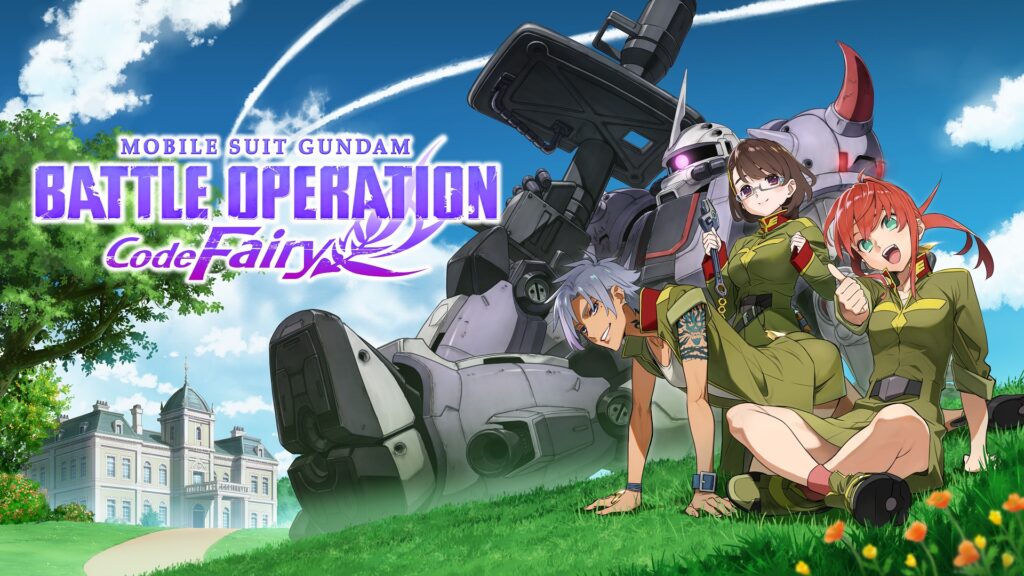
In many ways, Mobile Suit Gundam: Battle Operation Code Fairy feels like a nostalgic callback the golden era of Gundam video games. Whereas most recent Gundam games have been ports of arcade titles or live service multiplayer games, Code Fairy is a single player experience along the lines of the classic PS2, Dreamcast, and PC games of the late ’90s and early ’00s… albeit one based on a competitive multiplayer gacha game.
Mobile Suit Gundam: Battle Operation Code Fairy is, in essence, a standalone single player campaign for 2018’s Mobile Suit Gundam: Battle Operation 2. It features the same core mechanics as its parent game, and the bulk of its assets are ripped straight from Battle Operation 2. The “new” components in Code Fairy are its episodic single player campaign, which follows a small squad of Zeon pilots in the latter half of the One Year War.
The reuse of mechanics, combined with its focus on a narrative-driven campaign, means that Code Fairy is a solid compromise for Gundam fans regardless of their experience with Battle Operation 2. If you are a long-time veteran of Battle Operation 2, then Code Fairy will be immediately familiar. If you have never played Battle Operation 2, then Code Fairy will act as a very lengthy tutorial that eases you into the game’s core mechanics. Alternately, if you are just a Gundam fan with no interest in Battle Operation 2, then Code Fairy is still a decent standalone experience in its own right.
Mobile Suit Gundam: Battle Operation Code Fairy
Developer: B.B. Studio
Publisher: Bandai Namco
Platforms: PlayStation 4 (reviewed), PlayStation 5
Release Date: November 5th (Episode 1), November 19th (Episode 2), December 3rd (Episode 3)
Players: 1
Price: $19.99 per episode, $49.99 for complete game
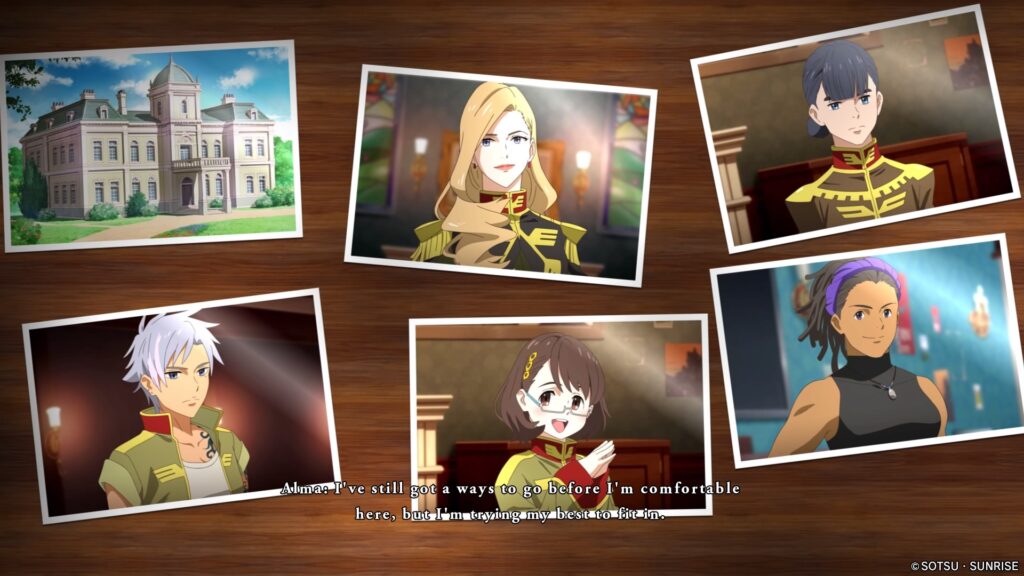
Mobile Suit Gundam: Battle Operation Code Fairy is primarily focused on its episodic single player campaign. Each episode contains 5 chapters, and there are 3 episodes altogether. The story starts in September of 0079. The One Year War has reached a stalemate, though Zeon still holds the upper hand. The game is set entirely in the North American theater, and follows the exploits of Zeon’s Earth Attack Force, 2nd Terrestrial Mobile Division, 11th MS Battalion HQ Special Forces Team, dubbed the Noisy Fairy Squadron.
The Noisy Fairy Squadron is an experimental MS team created by Kycilia Zabi. Both sides have lost over half their populations and are in dire need of fresh recruits. It’s with this in mind that the Noisy Fairy Squadron were established to test the viability of an all-female MS team. The squadron is stationed at a secluded manor in northern California, meaning they also double as an early defense line for the vitally important California Base that the Federation is desperate to recapture.
While its MS pilots are still greenhorns, they are led by Lieutenant Commander Killy Garrett. Killy is an ace pilot that earned the alias Killer Harpy in the early stages of the invasion of Earth. She now seeks to guide and protect newbie pilots, imparting in them the lessons and skills they need to hopefully survive the bloodiest war of the Universal Century.
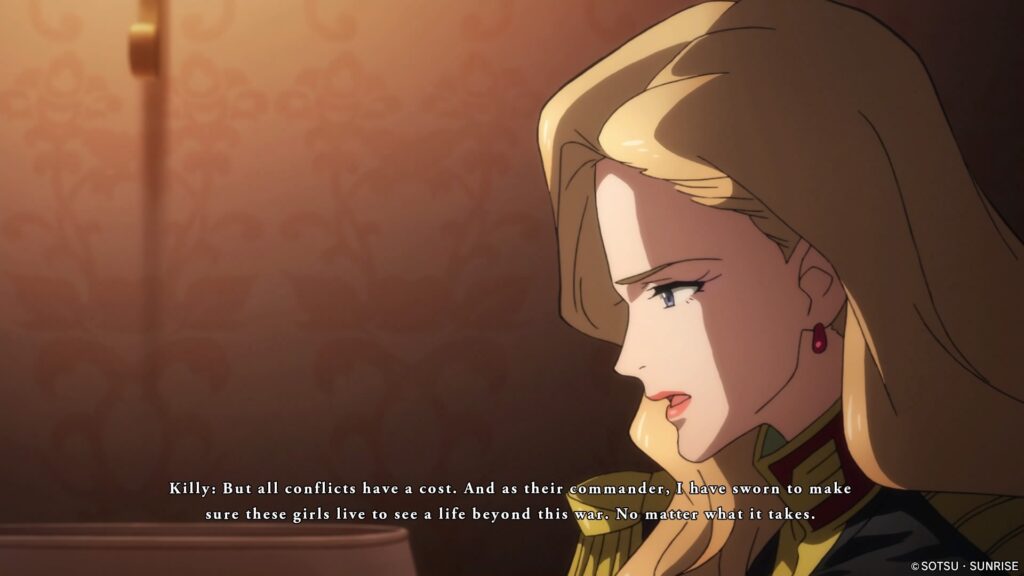
You’ll spend the majority of your time in Code Fairy playing as Alma Stirner, the game’s main protagonist and the squadron leader for the Noisy Fairy’s MS team. She is joined by Mia Brinkman and Helena Hegel, the squad’s other two pilots. Rounding out the core cast are the team’s combat operator, Barbara Hahari, and their chief mechanic, Irmela Gruber.
Code Fairy is structured in a way not unlike a Gundam anime series. Each chapter consists of an opening theme, some animated cutscenes, visual novel-style story sequences, a mission where you get to use a Zaku to smash Feddies, an ending theme, and a “preview” of the next chapter.
In terms of tone, Code Fairy is a bit odd for Gundam in that its essentially a slice of life story. A lot of emphasis is placed on Alma, Mia, and Helena’s growing friendship, and the girls conform to some pretty standard anime archetypes. Alma is the upbeat, hyper, and cheerful main character, while Mia is the geeky girl, and Helena is the tomboy. Together, the girls bond over all sorts of comedic shenanigans while avoiding the wrath of Barbara, the squad’s strict, by-the-books second-in-command.
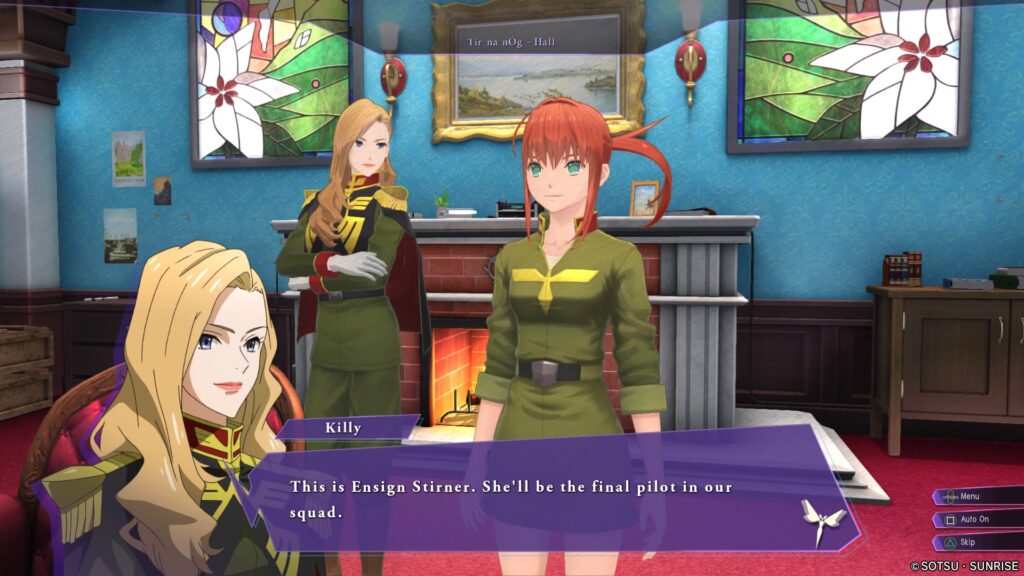
While the tone is mostly fairly lighthearted and positive throughout, it is still very much a Gundam story. The horrors of war and how combat changes people are recurrent themes throughout the campaign. Of course, as Zeon pilots the girls also have to come to terms with the fact that they are on the losing side and face an uncertain future.
Their engagements become increasingly desperate as the Federation’s counteroffensive finally begins to gain ground across Earth. As the tides of war continue to turn against Zeon, the Noisy Fairy Squadron also find themselves caught up in the bitter sibling rivalry between Kycilia and Gihren.
I said earlier that Code Fairy reminded me of the Dreamcast and PS2 eras of Gundam games, and I mean that in more ways than one. Not only is it the first narratively focused Gundam game in a while, but it’s also packed full of references to a wide range of classic Gundam side stories. Code Fairy constantly bombards the player with references to old Gundam games, manga, and OVAs from the ’90s and early ’00s.
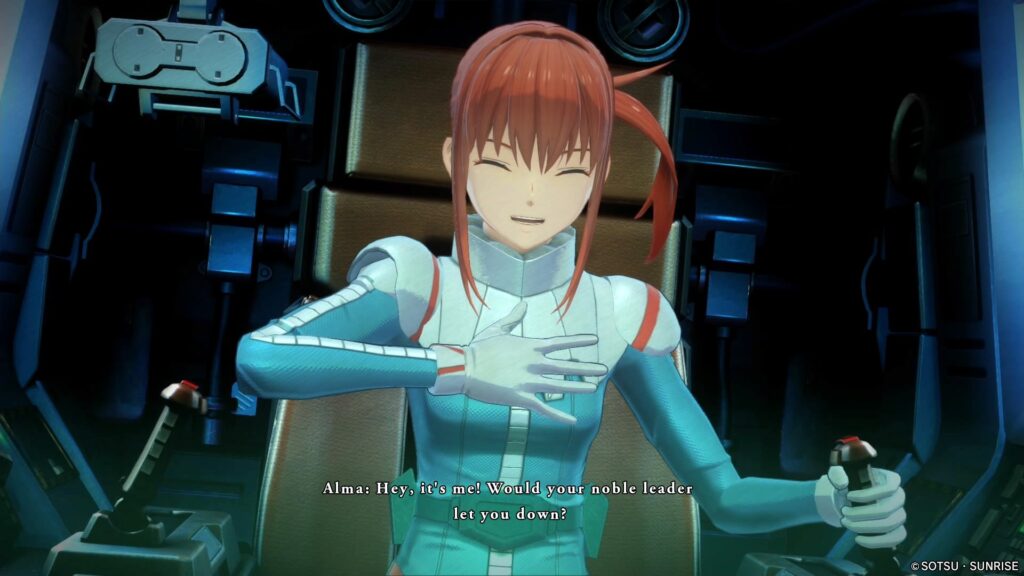
Characters and events from Lost War Chronicles, Zeonic Front, Rise from the Ashes, MS Sensen 0079, MS IGLOO, Missing Link, MSV, Blue Destiny, and many more are referenced or make brief cameos. For example, Ian Graden is a recurring side character in the second and third episodes, while the Midnight Fenrir Corps makes multiple cameos.
The wreckage of the Hildolfr is a key plot element in one mission, and one of the side stories has the Noisy Fairy Squadron facing off against the Blue Destiny. These references extend to the soundtrack as well, which features a few remixes of theme songs from games like Zeonic Front.
Most Gundam games aren’t exactly approachable to non-Gundam fans, and Code Fairy definitely isn’t an exception. The sheer number of references to games and obscure side stories from over 15 years ago is a big part of why I’d say that Code Fairy isn’t exactly a great entry point if you are a total Gundam virgin.
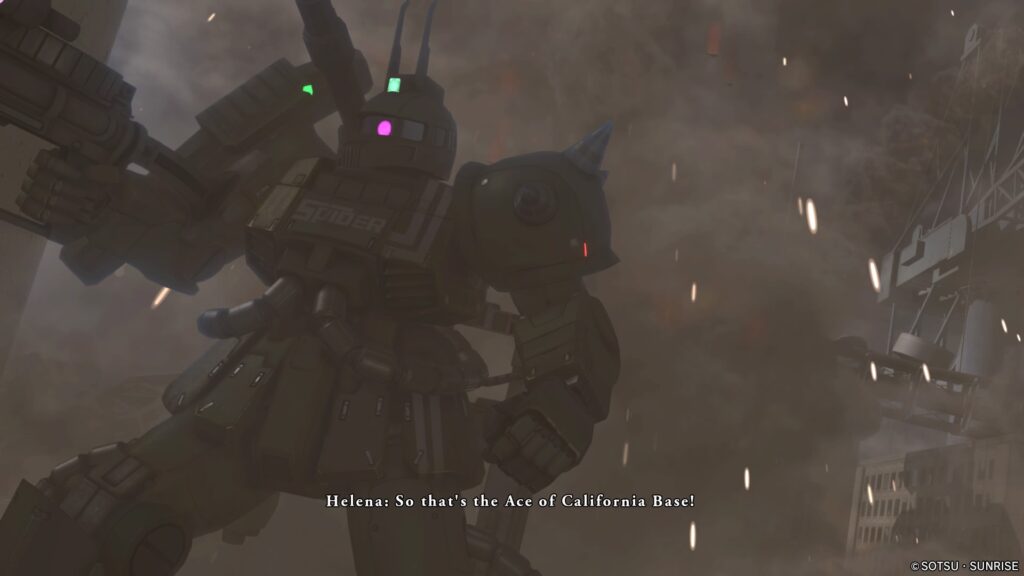
Many of these references are treated as very important, but aren’t explained at all. It’s just assumed that someone playing a Gundam game will understand Alma’s bizarre reaction to the Blue Destiny, or who this May Kauwin girl is that Mia feels so inferior to. If you are a long-time Gundam fan, you’ll love all these cameos and details. If you don’t know the difference between a Zaku and a Gouf, then you will be equally confused trying to decipher many elements in Code Fairy‘s story.
When it comes time to jump into your mobile suit and thrash some Feddies in the name of spacenoid independence, then Code Fairy‘s core gameplay is very similar to its parent game, Battle Operation 2. The majority of missions involve Alma, Mia, and Helena fighting together against much larger squadrons of Federation suits. Some missions will have specific objectives, like escorting a Gallop hovercraft, or protecting a Zaku Tank while it loads supplies on a Gaw.
While a lot of the missions have pretty basic objectives, the Code Fairy does a good job keeping things fresh with various modifiers. There are some missions where you might have to dodge Federation artillery, or others where you can lure enemy mobile suits into landmines. The more unique missions are the ones where you get to play as characters other than Alma.
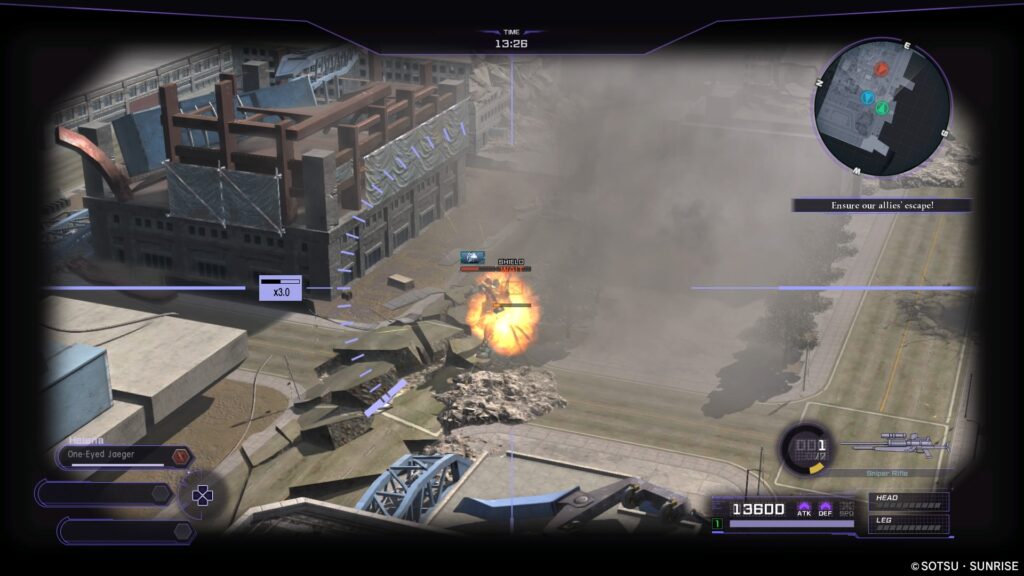
For most of the game you control Alma, who pilots a custom Zaku II High Mobility Ground Type before the inevitable mid-season upgrade that pretty much all Gundam protagonists have received since Zeta Gundam. There are a few missions where you control Mia or Helena, however, and they offer drastically different playstyles. For example, one of Helena’s missions involves providing sniper support to Zeon forces as they retreat.
In another mission you get to play Mia, who is piloting a very heavily customized Dom kitted out for fire support. This mission generally involves letting Alma and Helena do the heavy lifting while you pick off Federation mobile suits from a distance with artillery.
You can issue some basic commands to your squad, as well as prioritize their targets. This is quite important because Code Fairy has a MS type advantage system. General types are strong against Support types, Support types are strong against Raid types, and Raid types complete the triangle by being strong against General types. This is basically a super gamey mechanic that dictates how much damage your weapons deal when fighting against mobile suits from different type classes.
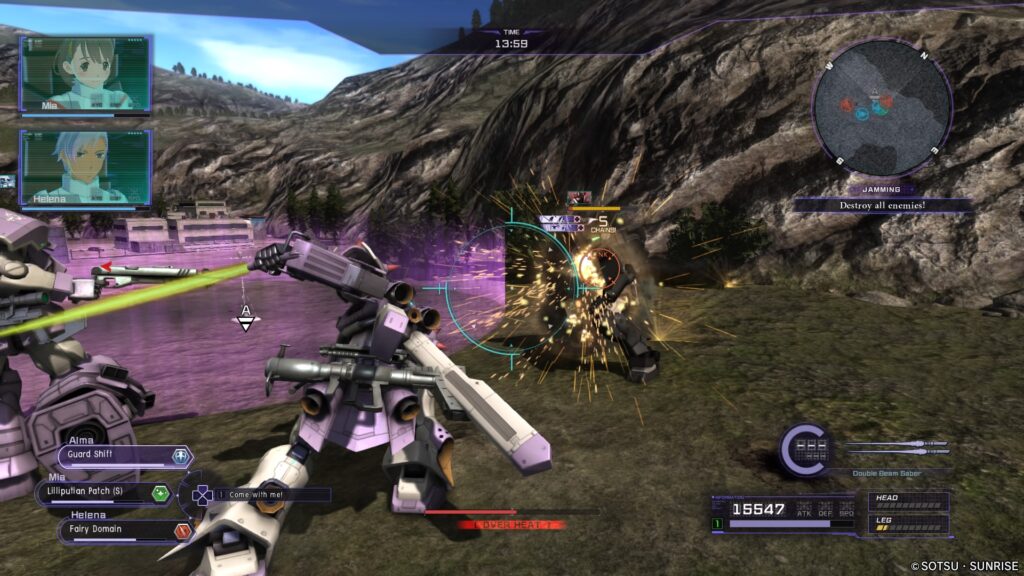
Your AI companions can generally hold their own, but they have a bad tendency to get in your way. Code Fairy has friendly fire, so it’s totally possible to hit an ally with an explosive weapon because they decided to charge into melee against your target. The AI is also just kind of dumb at times. It’s not uncommon to see Mia running around the front lines long after she has upgraded to her artillery-based Dom Gnomides.
The mobile suits in Code Fairy are intentionally sluggish and a bit hard to control, giving the game a moderately steep learning curve. You have to worry about turn speeds, your melee strikes can leave you wide open if you aren’t careful, and your weapons have fairly long reload times. There are actually a lot of concepts and mechanics you’ll need to master to get any good at the game.
As with a lot of Gundam games, boosts are a resource you need to carefully manage so you can dodge attacks or escape a risky melee engagement. A huge component of the core combat mechanics are staggers and knockdowns.
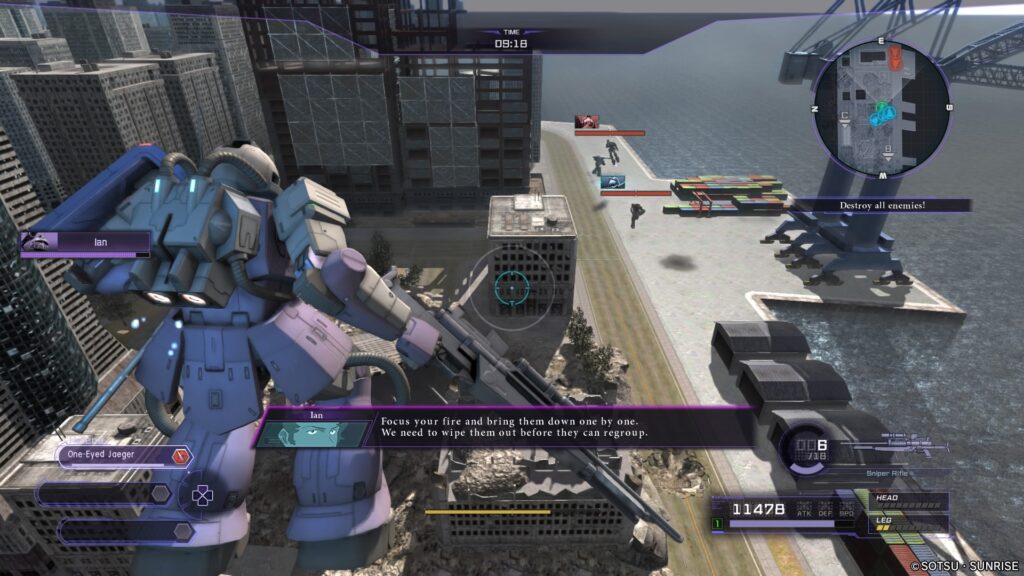
You can chain together staggers by coordinating your attacks with your AI squad mates, allowing you to quickly take out enemy mobile suits. This can also happen to you if you aren’t careful. A big part of mastering the game’s combat system involves figuring out how all these chain attacks, counterattacks, staggers, and so on interact with each other.
Each mobile suit has a primary weapon, a melee weapon, and a variety of sub-weapons, and you’ll need to master them all. As I said earlier, many weapons have long reload times or delays between firing, so you’ll be constantly swapping between weapons in the heat of battle. Different weapon categories all have their own little strengths and quirks too.
Explosive weapons like bazookas and rockets cause stagger and splash damage, allowing you to make an enemy mobile suit vulnerable to follow-up attacks even without direct hits. Beam weapons don’t need to be reloaded but will overheat if you fire them too rapidly. Many of them can also be used to fire weaker, rapid bolts, or be charged for stronger, longer-range shots.
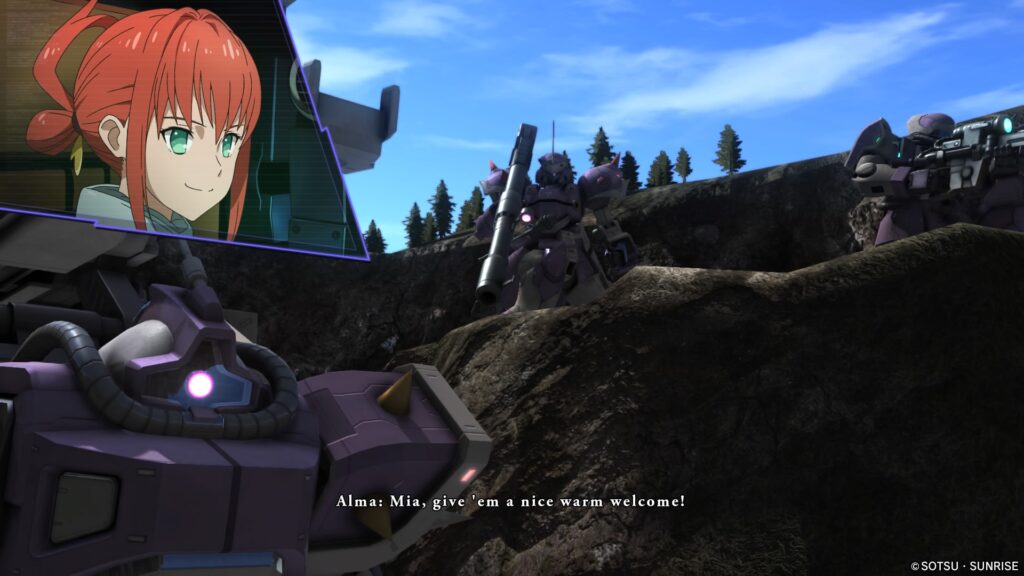
Code Fairy has a fairly steep learning curve, and this also includes some pretty brutal difficulty spikes here and there. The final mission in particular is quite difficult, and will likely require you to do multiple practice runs before you get it. It’s essentially a huge time trial battle where you have to run around the map engaging squads of increasingly strong mobile suits within 15 minutes.
It requires a lot of trial and error because you’ll need to learn where these enemies all spawn and min-max how you approach each engagement to save time. It’s incredibly frustrating and I was stuck on the mission for a while because I would run out of time while on the final squad of enemies. This “kill all the enemies in the time limit” structure is also extremely gamey and doesn’t even make sense within the context of the story, which I won’t get into to avoid spoilers.
While you can swap out the primary weapon on a few suits, in general mobile suit customization comes in the form of support parts you unlock through obtaining high scores on missions. Many of these parts just offer flat upgrades to your core stats. Likewise, Alma, Mia, and Helena gradually level up, improving their stats throughout the game.
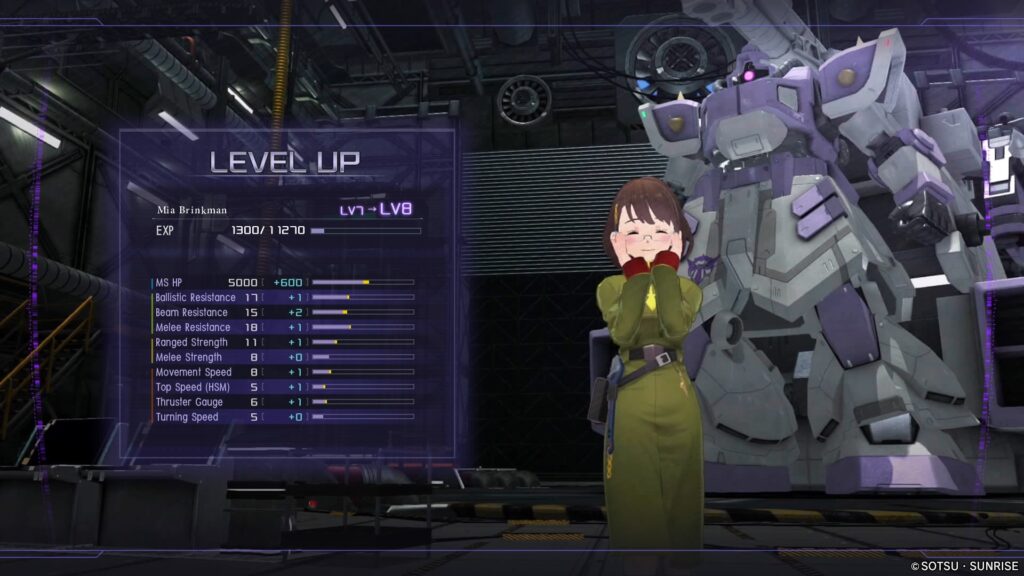
Your characters also unlock pilot skills at specific points in the story. During combat, characters fill a skill gauge as they deal and receive damage. This bar can be expended to use pilot skills. Some are quick effects, like repairing 30% of your squad’s maximum health. Others will momentarily increase your mobile suit’s performance.
Besides the campaign itself, Code Fairy also features a combat simulator mode where you can play side missions. You’ll unlock more of these as you progress through the campaign. Getting high scores on campaign levels will likewise unlock new mobile suits in the combat simulator.
While the combat simulator is a nice bonus, I do have a big gripe about it. Bandai Namco really wants you to use Code Fairy as a jumping off point to get into their multiplayer gacha game, Battle Operation 2. Playing Code Fairy unlocks unique mobile suits and weapons in Battle Operation 2. Unfortunately, the reverse is also the case.

Code Fairy has about half a dozen side missions that can only be unlocked by gaining specific achievements in Battle Operation 2. These side missions actually contain some story content, and in a few cases provide extra closure to some loose ends from the campaign. If you have no intention of playing Battle Operation 2, this is content that you’ll never get to experience outside of watching some YouTube playthroughs.
Code Fairy is essentially a collection of reused assets from a four-year-old game that didn’t have a particularly big budget to begin with, and it unfortunately shows. The mobile suits themselves look okay, but the textures are pretty muddy and low resolution.
The levels themselves are fairly bland and barren, with the cities looking less like cities and more like an arena constructed for mobile suits to fight in. Code Fairy also reuses multiple levels throughout the game and tries to obfuscate this by having you start from a different location, hoping that you won’t notice you’ve been here before.
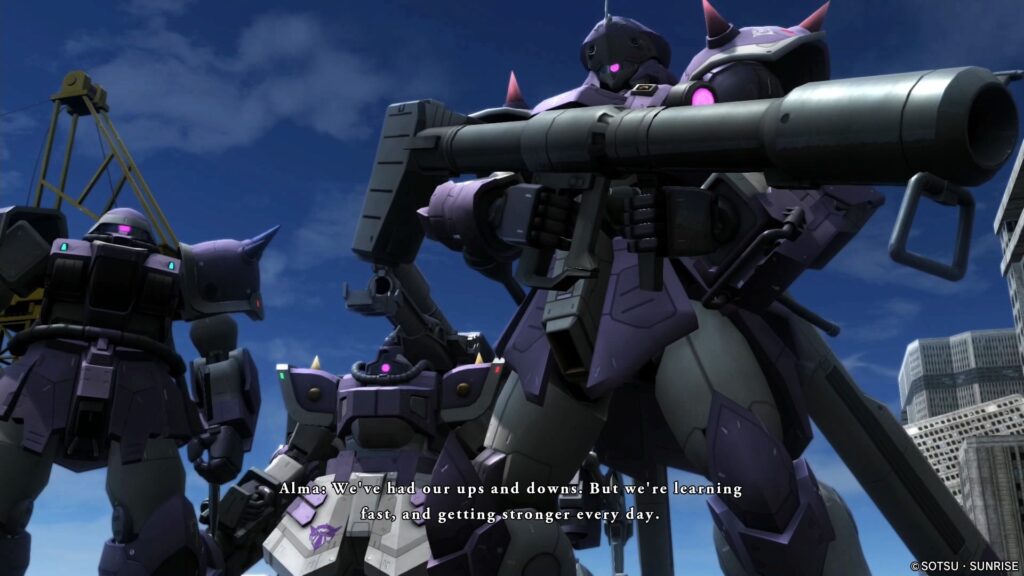
Mobile Suit Gundam: Battle Operation Code Fairy can best be summed up as “its a Gundam game.” If you are a long-time fan of the franchise, or have played a lot of Battle Operation 2, then you’ll probably find a lot to like here.
As someone who saved up their allowance as a kid so they could get a PS2 for Zeonic Front and Journey to Jaburo, I really appreciate all the references to old Gundam games and side story manga. If you don’t have that nostalgia for these classic Gundam games, or simply just aren’t a fan of Gundam at all, then Code Fairy won’t convince you otherwise.
However, if you are Code Fairy‘s target audience, then you’ll find a charming little One Year War side story with a lot of fun mobile suit battles. The combat system has a fair amount of depth to it, and if you play the combat simulator missions then there is a good variety of playable mobile suits from a wide range of Gundam games, anime, and manga.
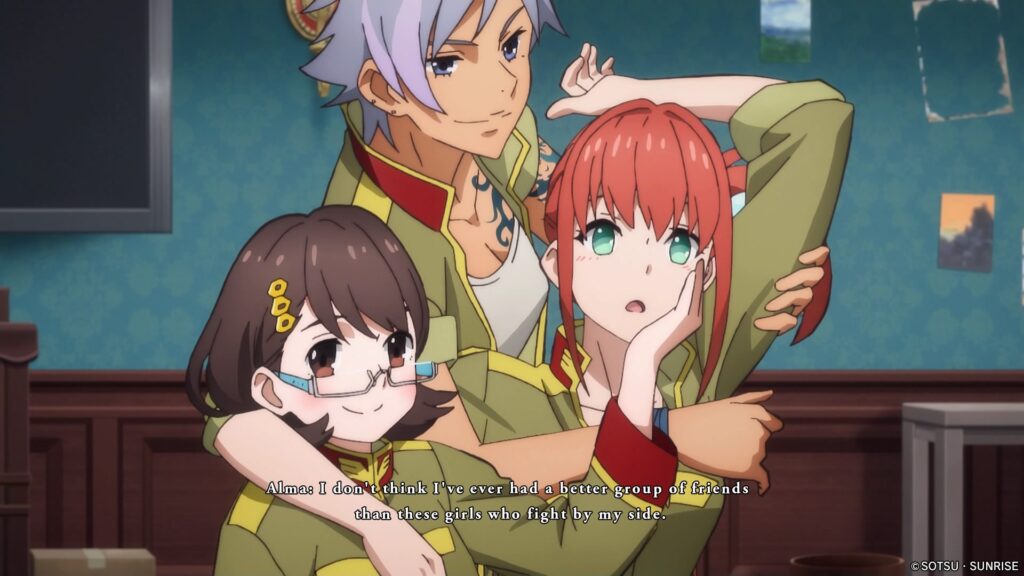
While it’s definitely a dated game that really wants you to jump into Bandai Namco’s equally dated gacha multiplayer game, Code Fairy contains enough worthwhile content to stand on its own if you are looking for a new single player Gundam experience.
Mobile Suit Gundam: Battle Operation Code Fairy was reviewed on PlayStation 4 using a code provided by Bandai Namco. You can find additional information about Niche Gamer’s review/ethics policy here.